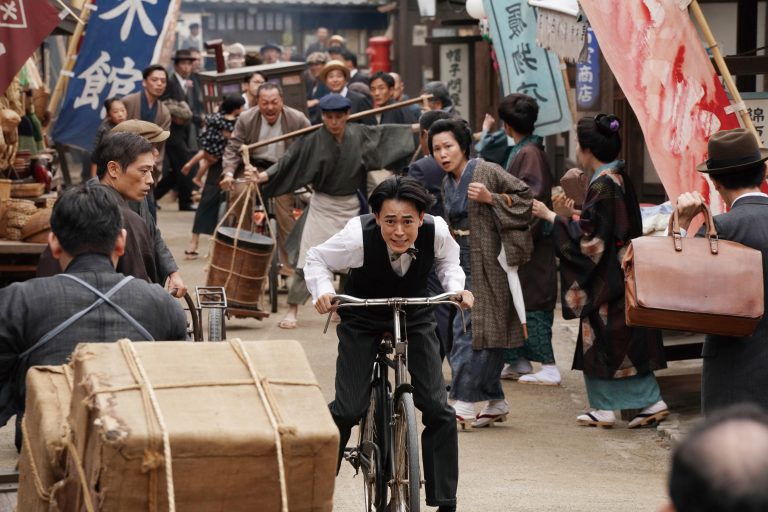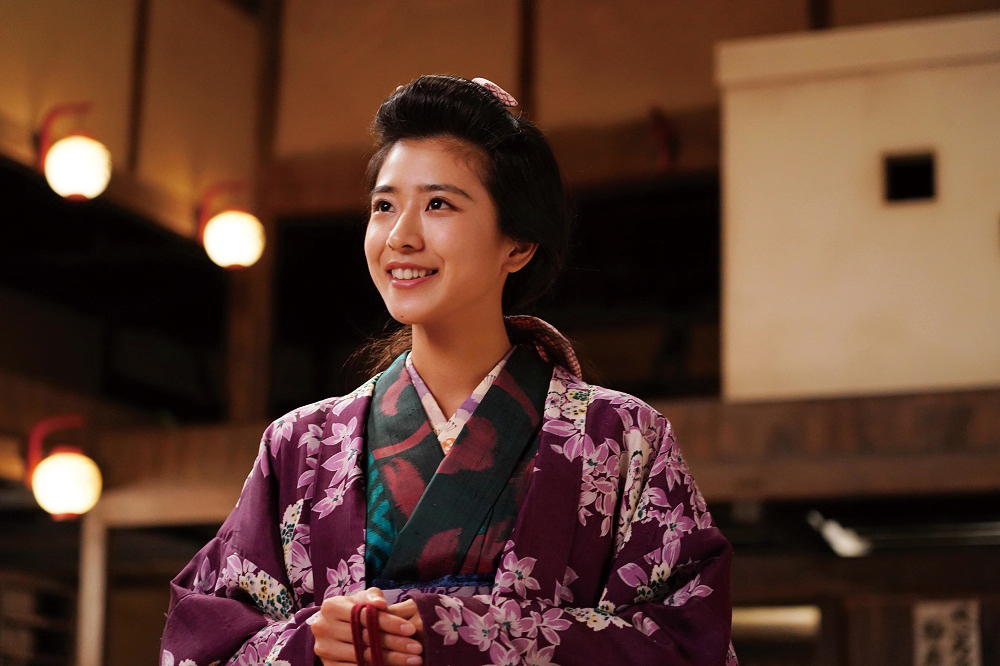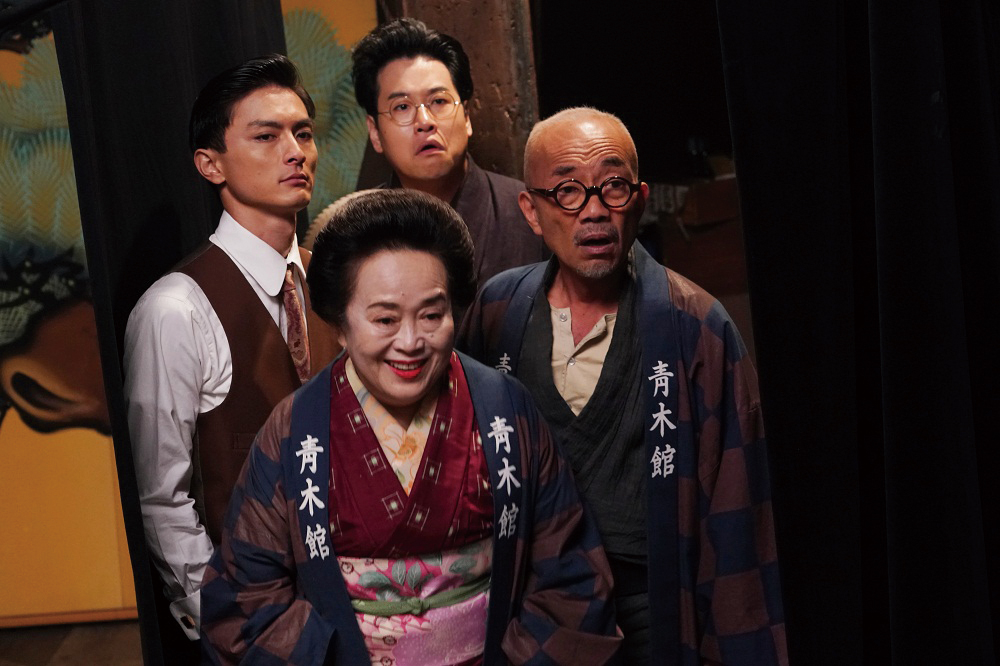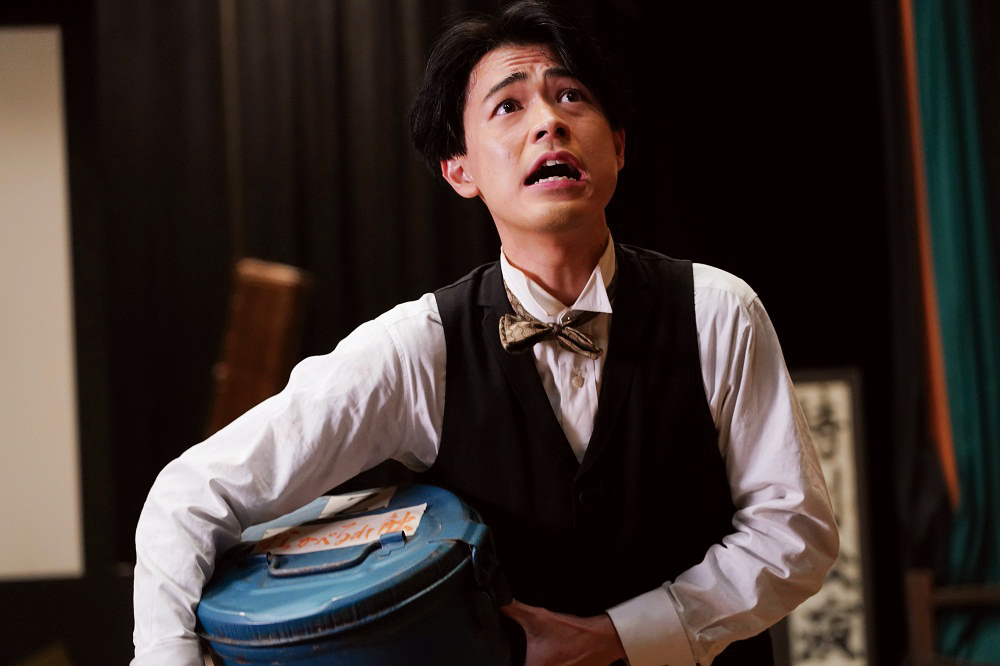
If in 2011, the Western World tributed the realm of Silent Film with the comedy-drama The Artist (that scooped five Academy Awards), in 2019 the Land of the Rising Sun made its homage to that same cinematic era, with Talking the Pictures, directed by Masayuki Suo. The motion picture is currently part of Japan Society’s ACA Cinema Project series Flash Forward: Debut Works and Recent Films by Notable Japanese Directors.

The latest oeuvre by the Nipponic filmmaker known for Sumo Do, Sumo Don’t, is a jocose and delightful celebration of Japan’s silent movie era and the role of Japanese performers who provided live narration for silent films, known as benshi or katsuben. This figure has been erased by the inevitable pace of technological progress, but was crucial before the advent of talkies in determining the success of a motion picture. In fact, the benshi was something more than a simple narrator: he was almost an additional actor who, outside of the big screen, enriched the experience of cinematic viewing by directly involving the audience.
Along these lines, Talking the Pictures follows the adventures of a young cinephile, Shuntaro, who attempts to fulfil his childhood dream of becoming a star benshi, whilst having to come to terms with his life as an outlaw. Besides Ryo Narita, playing the protagonist, the movie includes the cream of the crop of Japanese performers, such as Masatoshi Nagase, Yuina Kuroshima, Fumiyo Kohinata, Mao Inoue, Kengo Kora, Takuma Otoo, Naoto Takenaka, Eri Watanabe, Yutaka Takenouchi.

The entire film is drenched with alluring period details and visual gags, that blend the comedic and dramatic in a compelling and touching way. Talking the Pictures, that was part of the Official Selection of the Tokyo International Film Festival 2019 as well as Japan Cuts 2021, has some beguiling moments of meta-theatre. If the breaking of the fourth wall is already part of this storytelling since the benshi is part of the performance, there is a spellbinding instance when the fifth wall is shattered, as the lives of the characters blend with the narrative of the reel.
Thus, the diegetic and non-diegetic elements collide into a bittersweet love letter to the origins of the seventh art in Japan. Along with the appreciation to his country, director Suo sprinkles his habitual nod to Western culture, that has often characterised his films such as Shall We Dance? inspired by The King & I, or Lady Maiko referencing My Fair Lady. In Talking the Pictures, Shuntaro’s body language often evokes the farce of Charlie Chaplin and Buster Keaton.

As East and West intermix, the cross-cultural epitome is obtained by Shuntaro’s choice of following in the footsteps of the Japanese Robin Hood, Utagawa Kunisada, immortalised in several kabuki plays. By transferring this role model from the stage theatre to the movie theatre, Shuntaro abides by the values of loyalty and chivalry. His venture leaves audiences with the acknowledgement that although “things are never as neat as in the movies, even in reality you can have a sequel” and enjoy the sweet moments of life that can be found in simple things, like a lump of caramel.
Final Grade: B+

